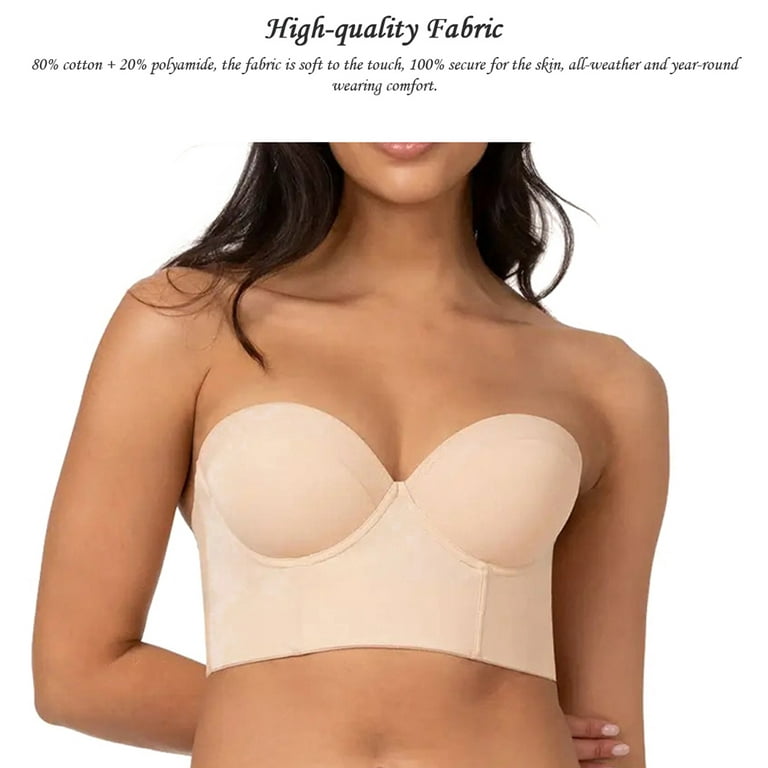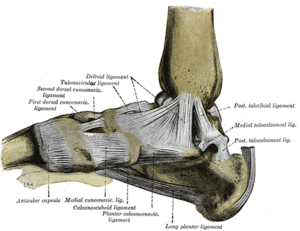
Download scientific diagram | — Rear-foot inversion–eversion during walking. Throughout the entire gait cy- cle, there was a significant mean difference of 2.07 ° ± 0.29 ° between chronic-ankle-insta- bility (CAI) and control subjects. CAI subjects demonstrated more inversion than controls. from publication: Altered Ankle Kinematics and Shank-Rear-Foot Coupling in Those With Chronic Ankle Instability | Kinematic patterns during gait have not been extensively studied in relation to chronic ankle instability (CAI). To determine whether individuals with CAI demonstrate altered ankle kinematics and shank-rear-foot coupling compared with controls during walking and jogging. Case | Ankle Joint, Kinematics and Gait | ResearchGate, the professional network for scientists.

Ankle Sprains: Inversion vs. Eversion - JOI and JOI Rehab

Rear-foot inversion–eversion during jogging. Within the first 2% of

Kinesiology of Ankle and Foot Flashcards

PDF] Foot placement angle and arch type: effect on rearfoot motion.
Simulating the effect of ankle plantarflexion and inversion-eversion exoskeleton torques on center of mass kinematics during walking

Rear-foot inversion–eversion during walking. Throughout the entire

Pronation in runners: Implications for injury

Ankle Sprains: Inversion vs. Eversion - JOI and JOI Rehab

How To Assess And Improve Ankle Dorsiflexion Once And For All - The 'Go-To' Physio

Eversion Ankle Sprain Medial Ankle Sprain

D. KERRIGAN, Research and Development







